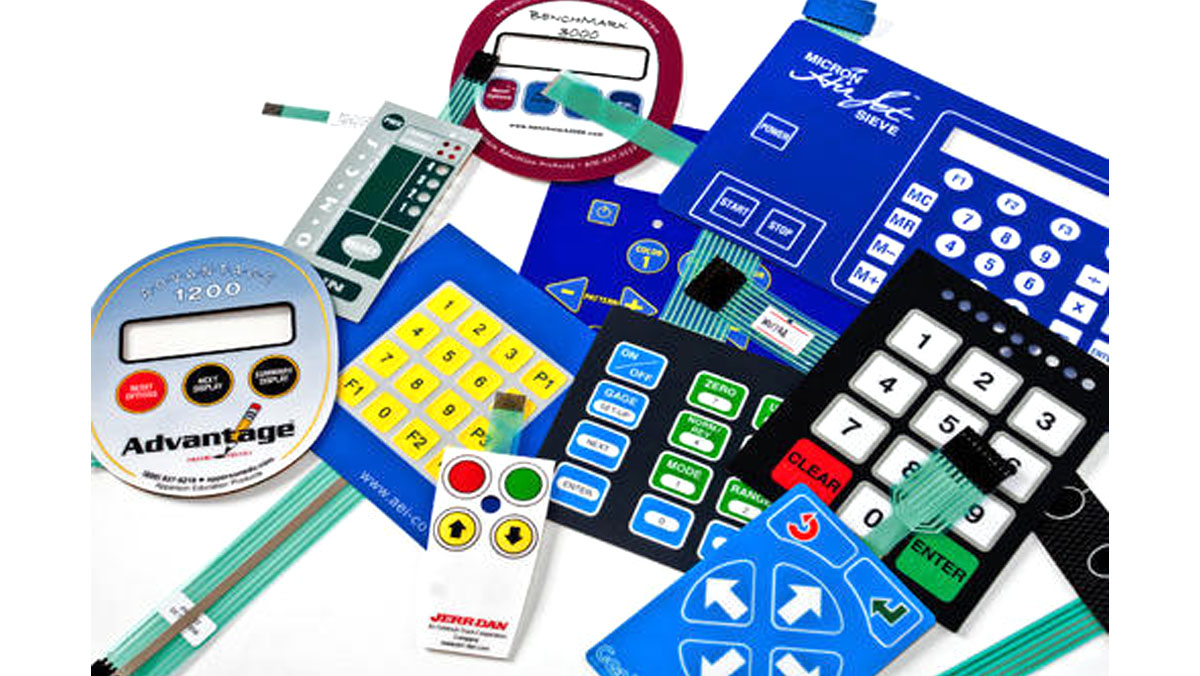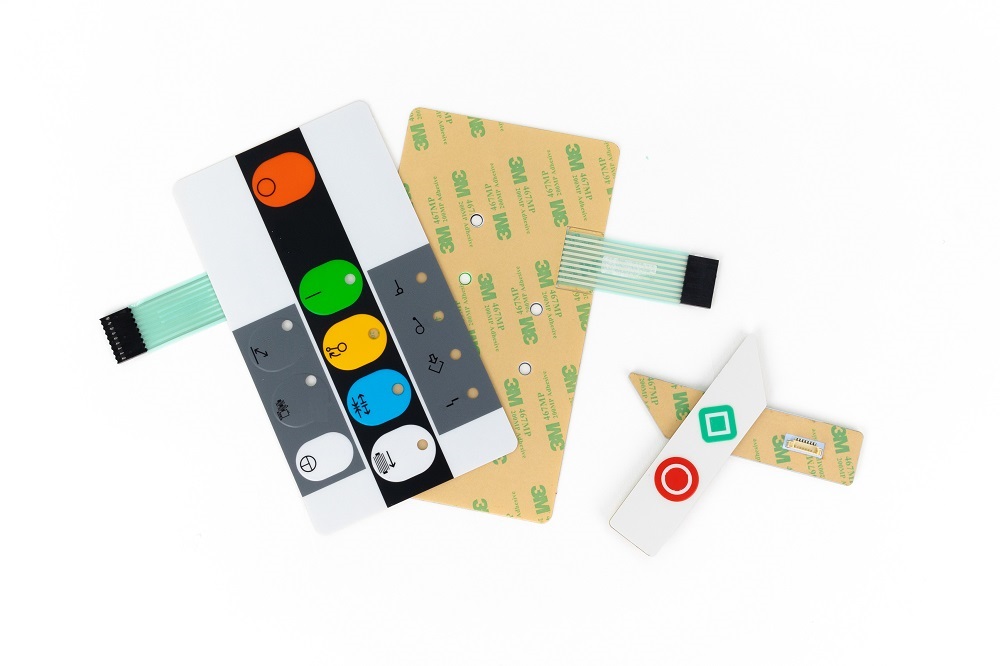How Membrane Switch Technology is Revolutionizing User Interfaces
How Membrane Switch Technology is Revolutionizing User Interfaces
Blog Article
Recognizing Membrane Layer Changes: The Key to Sturdy and Trusted Controls

What Are Membrane Layer Buttons?
Membrane buttons are a sophisticated remedy in the world of interface innovation, incorporating capability and design flawlessly. These devices act as a user interface in between individuals and electronic systems, incorporating several components right into a portable style. Normally created from adaptable, slim layers of materials, membrane layer switches are created to respond to touch, making it possible for customers to engage with equipment and electronic gadgets effectively.
The key aspects of a membrane layer switch include a printed circuit layer, graphic overlay, and a spacer layer that protects against unintended activation. The graphic overlay can be personalized to reflect brand name identity or user preferences, enhancing visual appeals while making sure functionality. Membrane buttons are generally utilized in numerous applications, consisting of medical tools, consumer electronics, and commercial tools, owing to their resilience and resistance to ecological factors such as moisture and dust.
Among the vital benefits of membrane layer switches is their ability to stand up to deterioration, making them excellent for high-traffic atmospheres. In addition, they are light-weight and require very little area, enabling for ingenious styles in item growth. Overall, membrane layer changes stand for a useful and effective selection for modern digital interfaces, marrying modern technology with user-centric style principles.
How Membrane Layer Switches Work
The procedure of membrane layer switches hinges on a basic yet efficient mechanism that converts user input right into digital signals. When an individual presses the switch, the leading layer deforms, permitting a conductive aspect in the circuit layer to make call with a matching conductive pad on the bottom of the visuals overlay.
The layout of membrane layer buttons can differ, but they usually incorporate domes or tactile elements to provide comments to the individual, enhancing the overall experience - membrane switch. The products made use of in membrane layer switches, such as polyester or polycarbonate, contribute to their resilience and resistance to ecological aspects, including moisture and dirt. In addition, the published circuits are usually encapsulated, which safeguards them from wear and tear over time.
Advantages of Membrane Switches

Additionally, membrane switches are understood for their longevity. Built from robust products, they are resistant to dirt, moisture, and physical wear, which significantly prolongs their life expectancy contrasted to typical mechanical switches. This resilience read what he said makes them particularly suitable for high-traffic environments and applications requiring longevity.
One more substantial benefit is the simplicity of cleaning and maintenance. The smooth surface area of membrane layer switches lessens dust accumulation and is commonly resistant to spills, making them suitable for settings that call for regular sanitization.
Additionally, membrane layer buttons use a structured account, resulting in a thinner style that can be integrated right into numerous tools without including bulk. This feature not just enhances the aesthetic allure however likewise adds to an extra ergonomic product layout.
Applications of Membrane Layer Buttons
Easy to use and versatile, membrane buttons find applications across a variety of markets, including medical devices, consumer electronic devices, and industrial devices. In the medical field, these switches are important to gadgets such as diagnostic devices, patient monitoring systems, and mixture pumps, where reliability and ease of cleansing are vital. Their ability to maintain and hold up against rough settings functionality makes them suitable for such applications.

In consumer electronics, membrane switches are utilized in products like microwaves, cleaning devices, and remote controls - membrane switch. Their streamlined design enables user-friendly interface, find out here now boosting the general individual experience while offering resilience and resistance to tear and wear
Industrial tools additionally gains from membrane layer switches, particularly in control panels for machinery and automation systems. These buttons supply security against dirt and wetness, making certain regular efficiency in challenging environments. In addition, their adjustable attributes permit manufacturers to customize them to details functional requirements, boosting effectiveness and functionality.
Selecting the Right Membrane Layer Switch Over
When picking a membrane switch, it is vital to think about numerous aspects that affect efficiency and suitability for details applications. The primary considerations include ecological problems, responsive responses, resilience, and design specifications.
First, examine the operating environment; buttons subjected to dampness, chemicals, or extreme temperature levels require particular materials to make certain longevity and performance. Next, review the need for tactile feedback. Depending upon user interaction, some applications More hints might benefit from a responsive action to verify activation, while others may like a non-tactile layout for visual factors.
Toughness is an additional essential factor; membrane layer switches should be designed to withstand regular use, impacts, and abrasion. Make certain the picked button can sustain the anticipated lifecycle, especially in high-usage situations.

Verdict
In verdict, membrane switches over offer as essential elements in the layout of reliable and durable control systems throughout numerous markets. The convenience of membrane layer switches permits for customized options that meet certain functional requirements, enhancing their significance in contemporary technology.
Membrane layer changes represent a vital aspect of modern-day interface design, blending functionality with resilience in various applications.Membrane switches are an innovative solution in the realm of individual interface modern technology, combining functionality and style perfectly. Normally created from versatile, thin layers of products, membrane layer buttons are developed to react to touch, allowing users to interact with equipment and electronic devices successfully.
The layout of membrane switches can differ, yet they often integrate domes or tactile elements to give comments to the user, enhancing the total experience.In verdict, membrane changes offer as important elements in the layout of durable and reputable control systems throughout different industries.
Report this page